Buddhist Art of Orissa
Ever since its origin in the 6th century BC, Buddhism had had an irresistible influence not only on India’s socio-cultural order, but on its religious art traditions as well. With its growth, over the time, into various sects, the bhiksus (monks) adopted settled life in the viharas, rock-shelters, caves, and stupas. Chaityas were built for worship and congregational prayers. The nature-cut caves were converted into cave temples – like, for instance, the cave temples of Ajanta, Ellora, Karle, Bhaja, and Kanheri. And all these were aesthetically adorned with sculptures and paintings illustrating the life and glory of the Buddha.
The Buddhist art and architecture showed a phenomenal growth during Asoka’s reign, when there came up a large number of stupas and chaityas, richly carved with scenes from the Master’s life. Even if Buddhist art and architecture certainly broadened the horizons of the pan-Indian art tradition with new ideals, this book tries to show how it emerged and developed in Orissa (East India): from the days of Emperor Ashoka (3rd century BC) to about 11th century AD – focusing on the gradual evolution of peculiar Mahayana and Vajrayana sculptures, bronzes, magnificent medieval monastic institutions, and colossal stupas embellished with exquisite sculptures.
In Orissa, the author found several tantric Buddhist sculptures, which do not fully conform to the prescribed iconography, but approximate the Brahmanical iconometric and iconographical features. Interaction between Brahmanical and Buddhist art is reflected in several cult images. Accordingly, H.C. Das also explores the extent of this interaction that took place over the ages.
Get it now and save 10%
BECOME A MEMBER

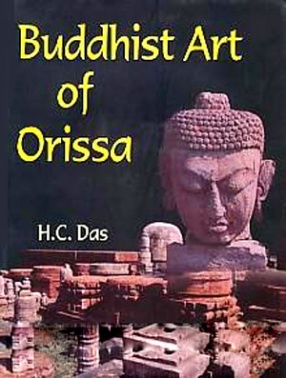


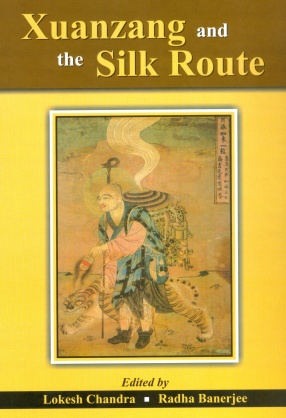
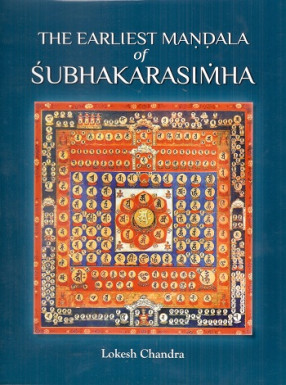
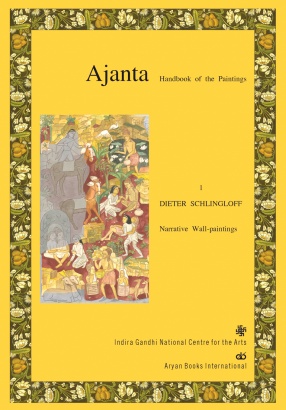
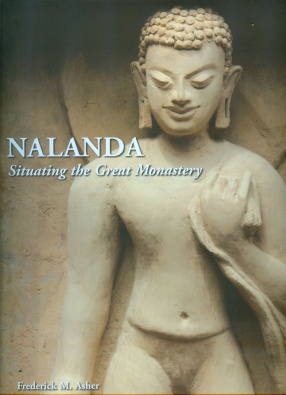

Bibliographic information